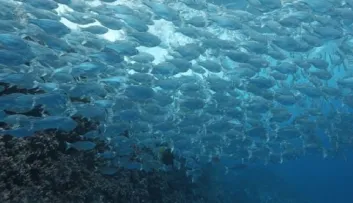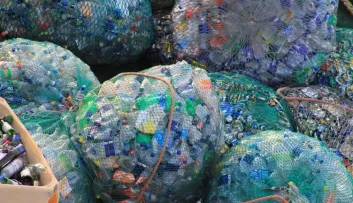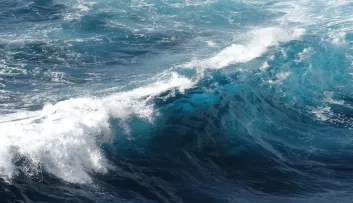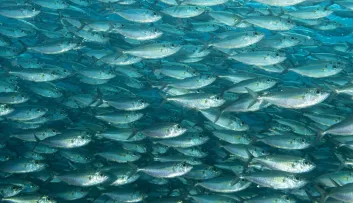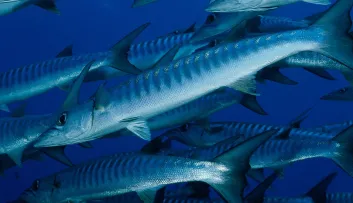High Seas 6mn
Treaty on biodiversity on the high seas ratified by 60 countries can enter into force
The international treaty on the protection of biodiversity on the high seas has been ratified by 60 countries and will come into force in 2026.
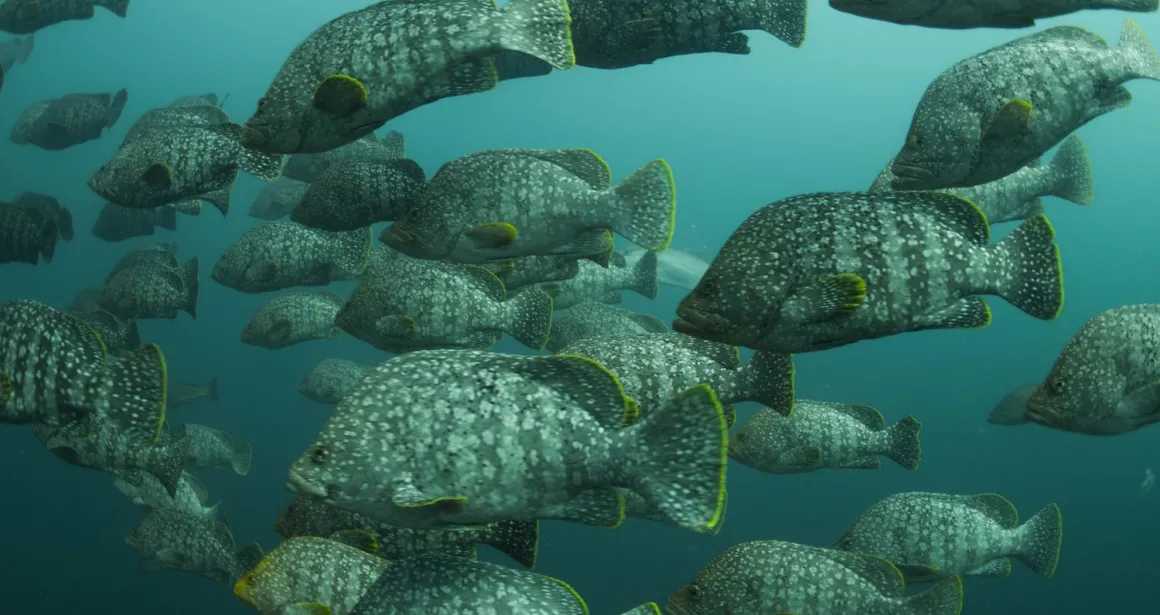
What is BBNJ? The name of the latest K-Pop boy band? The acronym of a bank? Not at all!
BBNJ stands for Biodiversity Beyond National Jurisdiction. In other words, marine biodiversity that is not under the control of any State and that is found on the high seas, in international waters.
Signature then ratification
A long process
Establishing international conventions is a long process, but it is essential to preserving the world's oceans. For it to be implemented, it must first be ratified by the governments of the signatory countries.
60 countries have ratified the treaty. (Updated on 22 September 2025)
The treaty will come into force at the beginning of 2026.
For a list of countries that have ratified the treaty, click here.
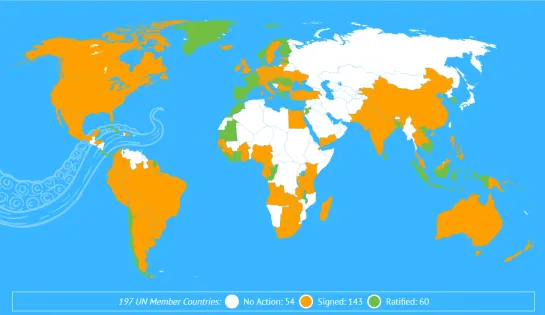
France, the first EU country to ratify the Convention on the Protection of Biodiversity on the High Seas
On 5 November 2024, the Senate definitively adopted the bill "authorising the ratification of the Agreement relating to the United Nations Convention on the Law of the Sea and concerning the conservation and sustainable use of the marine biological diversity of areas beyond national jurisdiction".
With 340 votes in favour and O against, France is the first European Union country to ratify the treaty at national level. This brings to 21 the number of countries that have ratified the treaty.
Member States finally agree on protecting the high seas
Under discussion for 18 years, the text of the first international treaty to protect biodiversity on the high seas was accepted on March 4, 2023 by the member states of the United Nations. All that remained was for it to be formally adopted, which was done on Monday June 19.
Approved in March 2023, the text underwent legal checks and translations into all the UN's official languages before being adopted. It must now be ratified by the States before coming into force.
The signatures of at least 60 countries are required before the first COP (Conference Of Parties) can meet to make progress on implementing the measures set out in the treaty. The signing process, which opened on 20 September in New York on the sidelines of the UN General Assembly, has already attracted signatures from 105 countries and the European Union.
18 years of negociation
For 18 years, negotiations have been underway between state representatives to establish a legally binding international text that protects marine biodiversity beyond national jurisdictions and secures its sustainable use. These negotiations are part of the United Nations Convention on the Law of the Sea signed in 1982 in Montego Bay, Jamaica.
These negotiations have four objectives:
- Gain a better understanding of the impact of our activities on the environment
- Improve protection of sensitive areas (by creating marine protected areas)
- Equitably share the benefits of genetic resources
- Develop training and skills
While mining, exploration and other activities related to the mineral resources of the seabed (the Area) have been regulated by the International Seabed Authority since it was created in 1994, marine biodiversity does not yet benefit from the same protections.
The Area and its resources are considered to be the "common heritage of mankind", but what about biodiversity? It does not belong to anybody, can it be considered as a common good for all?
What is known about the future high seas treaty?
The future treaty, a binding legal instrument, will be important for the protection and preservation of marine biodiversity in international waters, which cover almost half the planet and are home to hundreds of thousands of species.
It will enable marine protected areas to be created on the high seas and thus meet the target of protecting 30% of land and ocean by 2030.
This 30% target would be a first step towards protecting 50% of natural areas, which scientific studies have shown is necessary to counteract the loss of biodiversity and contribute to regulating the climate.
Furthermore, the treaty will also lead to environmental impact assessments of proposed activities on the high seas and the transfer of marine knowledge and technology to less developed countries. Located beyond the jurisdiction of individual states, the high seas belong to no one, but are the responsibility of all. The stakes are high.
Maintaining a healthy ocean is essential for the climate, the water cycle and maintaining biodiversity. Yet the high seas are suffering from the growing impact of human activities such as maritime transport, the laying of undersea cables and fishing, at a time when they are being weakened by global warming.
The agreement should enable the creation of marine protected areas, the study of the impact of human activities on the environment and the strengthening of knowledge and technology transfer to developing countries, as well as the sharing of benefits linked to the exploitation of genetic resources.
So what is the high seas and why preserve them?
- The high seas, also known as international waters, stretch 370 km from the coast, beyond the EEZs (exclusive economic zones), which are governed by the coastal states.
- It represents 65% of the surface of the world's ocean and 90% of its volume.
- It takes up 50% of the planet's surface.
- Every second breath we take is thanks to the oxygen produced by oceanic plant plankton.
- The ocean has absorbed between 25% and 30% of the CO₂ and 90% of the heat emitted into the atmosphere from human activities. By absorbing and storing the main greenhouse gas, the ocean plays a fundamental role in regulating the climate.
Who owns the marine resources of the high seas?
- The particularity of the high seas is that they belong to no one and therefore, are the responsibility of everyone.
- Only the exploitation of the seabed and subsoil - called the Area - is regulated by the International Seabed Authority, which regulates prospecting and mining.
- The living resources found in the water column represent an enormous potential, even if they are not yet fully researched, particularly in the field of biotechnology with new molecules for pharmaceutical or cosmetic applications.
